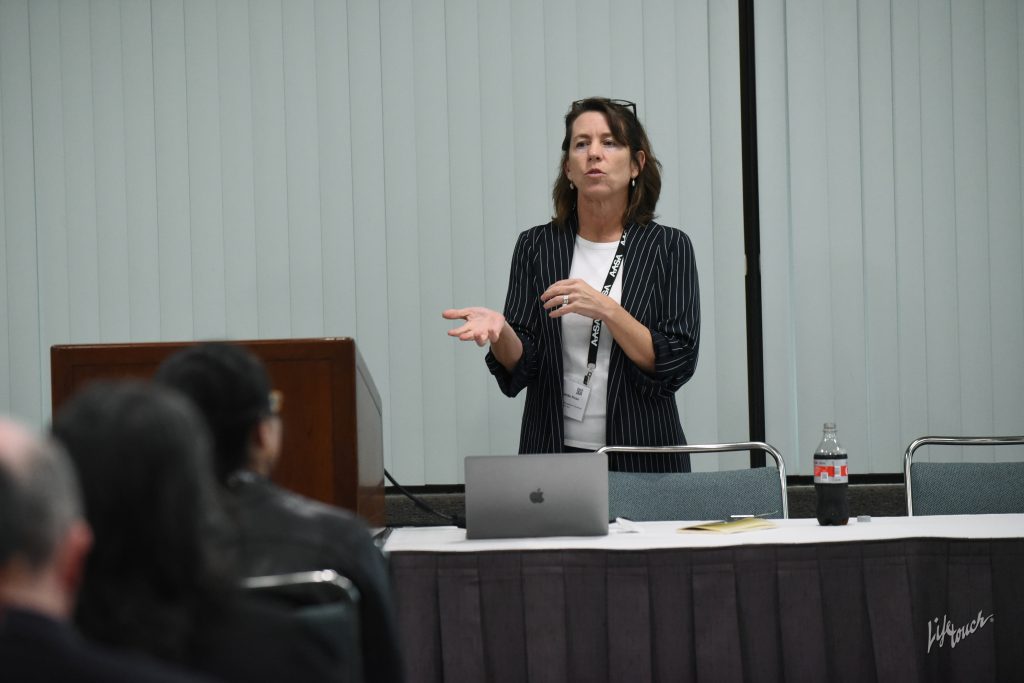Under the federal Every Student Succeeds Act, every school district soon will be required to release comparative spending breakdowns at all schools.
During AASA’s National Conference on Education on Thursday, Marguerite Roza, research professor and director of the Edunomics lab at Georgetown University, shared some guidance with school district leaders on how to handle this new demand.
Previously, most school districts only released district-based reports, which did not include detailed school-by-school spending information. This new fiscal policy under ESSA requires district leaders to communicate more fully about money with building principals.
Roza shared her research on this new practice. Her study is based on interviews with principals, district leaders, teachers and parents, and she found inefficient communication among the four parties leads to many misunderstandings of ESSA’s finance policy.
Among all misunderstandings, a fundamental one is for principals to say, “I don’t get as much money as other schools in the district because my school is in a neighborhood with lower property values. That’s why I cannot do much for my kids.” However, the amount of funds allocated to a school should not depend on the local property values, Roza said.
“You are not doing your job if you don’t bring the information you should know to your school,” Roza said. “We need to keep the communication open.”
Principals interviewed by Roza’s colleagues showed a desire to be more engaged in district finance decisions.
Roza drew a conclusion of eight important components required for efficient communication among district leaders, principals, teachers and parents, and she stressed that using student-centered communication strategies is always important.
- Avoid business lingo;
- Reference students (and what finances will do for students);
- Acknowledge the local context when citing evidence or research;
- Improve credibility by citing dollar figures and explain tradeoffs;
- Solicit feedback from principals;
- Acknowledge good faith of the four parties;
- Offer a means for parties to weigh in; and
- Expect things to work well in schools.
According to Roza, under ESSA new fiscal mandates, financial reports will be required of school districts in December 2019 or January 2020 in most states.
(Yingje Wang is a graduate student in journalism at USC and an intern with AASA’s Conference Daily Online.)

